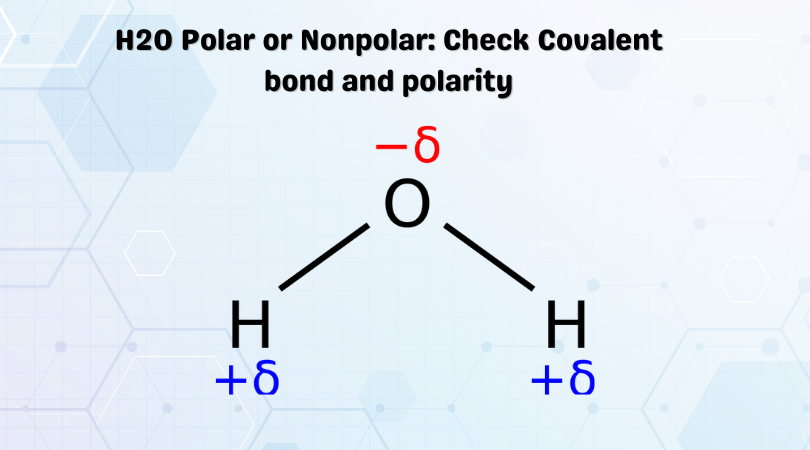Fe is a chemical symbol for iron, and it is the fourth most common element of the earth’s crust. It belongs to group 8 in the periodic table and is a part of the first transition series. Iron has an atomic number of 26 and can exist in various oxidation states. The atom can exist in oxidation states from -2 to +6.
Iron compounds are majorly found at +2 and +3 oxidation states. This element is quite reactive to both oxygen and water. The element also shares its properties with other transition elements. Although iron can exist in higher oxidation states, it is mostly found in +2 and +3 oxidation states.
The electronic configuration of the Iron in its ground state is 1s2 2s2 2p6 3s2 3p6 3d6 4s2 and is also written as [Ar] 3d6 4s2. When an Iron atom donates two of its electrons, it attains a charge of +2. Any element that donates electrons gets a positive charge, whereas the elements that accept electrons gain a negative charge. Iron donates the electrons and attains a positive charge. And as it donates the electrons, the configuration of the element changes. Fe2+ has two electrons less than the Fe element, and hence the electronic configuration also changes.
Fe2+ electron configuration:
1s2 2s2 2p6 3s2 3p6 3d6
Iron has allotropic forms that exist in different temperatures and is referred to as alpha, beta and gamma iron.
Applications and Uses of Iron:
Iron is widely used as a structural material due to its high strength and durability.
It is also used to make alloys and steel that are used in industries.
Iron chlorides are used in sewage treatment and water purification methods.
Iron sulfates are used to fortify the food and treat iron deficiency anemia.




